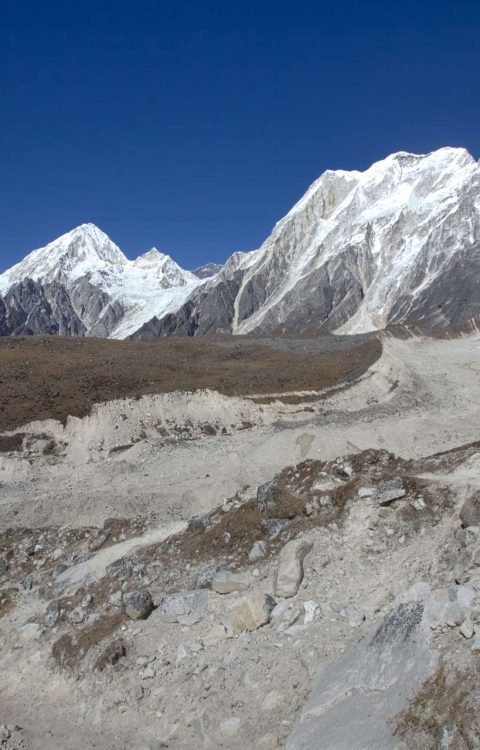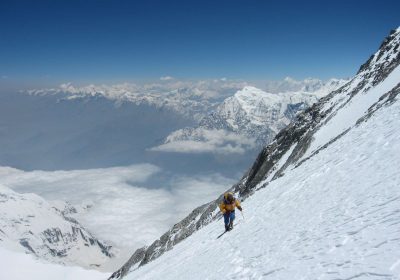Oldest and Major member of South Asia, bordering with India and China, officially Nepal is called “Federal Democratic Republic of Nepal.” It is mainly situated in Himalaya and its slopes but also comprise some parts of Indo Gangetic plain.
Total area of Nepal is 147516 square km having 800km from east to west and 200km from north to south. Population of Nepal is approx. 30 million.
Nepal is geographically divided into three: Himalaya, Middle hill and Plain Terai and Political division into 7 provinces and 77 districts.
Predominant religion of Nepal is Hindu whereas Buddhism is another major and ancient religion of Nepal. Gautam Buddha, the founder of Buddhism, was born in the middle of first millennium BC (621 BC) was born in “Lumbini”, the southern part of Nepal. Nepal is also home to countable number of Muslims and Christians.
Northern part of Nepal is culturally connected with neighbor Tibet and southern part with India. Central high hill section is the combination of two old civilizations, Indus-India civilization and Chinese-Tibet civilization.
Centrally located Kathmandu valley is the capital of Nepal. This culturally and historically prosperous city from ancient time till now was the major trade center in high Himalayan trade route, a part of ancient silk route in Himalayan section. In 18th century Nepal was unified by Gorkha kingdom and established the country named Nepal. Nepal was ruled by monarchy till 2008.
In 2008, through the Nepalese civil war and people movement resulted with the establishment of secular federal democratic republic of Nepal.
There are 59 indigenous communities, 126 ethnic communities and 123 language spoken in Nepal.
Greater Himalaya Range is stretched to 2400km long rising from Afghanistan, covering the Regions of Pakistan, India, reaching highest points in Nepal, becoming roof of the world in Tibet and finally declining to Bhutan and merging in the south East Asian plains.
Nepal’s 800km long highest ridged sloppy section of Great Himalaya is the grandest and ruling the planet by its world’s highests, housing eight of world’s highest top ten peaks including Mt. Everest 8848.86m, the highest peak on earth.
Mt. Everest (8848.86m), Kanchenjunga, Lhotse, Makalu, Cho Oyu, Dhaulagiri (8167m), Manaslu (8163m), Annapurna (8091m).
Due to of its high geographical variation, one can enjoy the coldest place, alpine to sub-tropical climates bringing biodiversity on vegetation and wildlife.
One can confront with Snow Leopard, Red Panda, Himalayan Thar, Himalayan Blue sheep, Himalayan Yak, Musk Deer, Himalayan Monal Pheasant, Himalayan Oaks, Rhododendron, Himalayan Maple, High Himalayan grazing grounds to Leopard, Wild boar, Jackals, Monkey Schima Wallichii, Silk Tree and Tigers, Bears, Elephants, rare one horned rhinoceros, Deers, Sal tree, Sissoo Tree, Fig, Teak, grassland etc.















